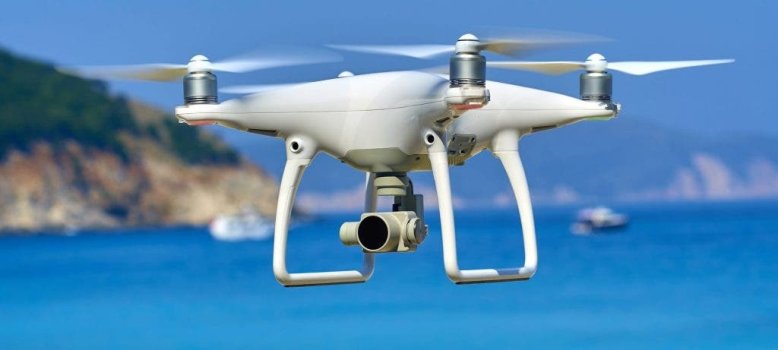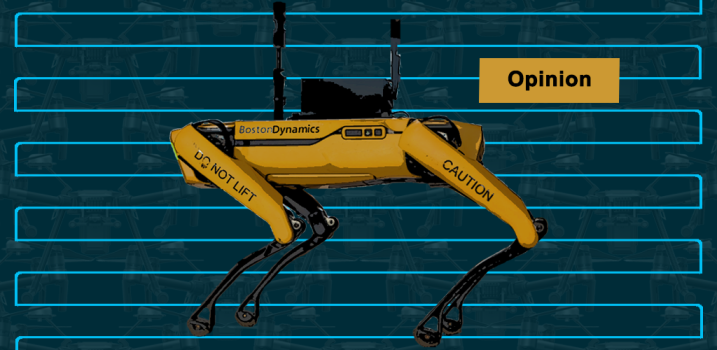Alephium Raises $3.6M in Pre-sale to Expand its Sharded UTXO Blockchain Platform
- Technology Solutions
- 0 Replies
Alephium, which is an efferent sharding-based blockchain, has been able to raise $3.6 million in a pre-sale of its tokens to almost 80 separate buyers. Many large investors participated in the offer, and smaller investors also bought tokens in the pre-sale.
The fresh capital will support development at Alephium, which is developing novel Sharded UTXO Blockchain technology.
Alphemy Capital led the pre-sale, and both White Paper Capital and Archery Blockchain participated. The tokens were predominately bought by smaller buyers, with 91% of the buyers contributing less than $100,000.
Cheng Wang, the Co-founder of Alephium, commented
Continue reading: https://blockonomi.com/alephium-raises-3-6m/
The fresh capital will support development at Alephium, which is developing novel Sharded UTXO Blockchain technology.
Alphemy Capital led the pre-sale, and both White Paper Capital and Archery Blockchain participated. The tokens were predominately bought by smaller buyers, with 91% of the buyers contributing less than $100,000.
Cheng Wang, the Co-founder of Alephium, commented
Alephium is creating a blockchain that uses sharding technology called BlockFlow. It is based on stateful UTXO transactions.“After over 3 years focused exclusively on research and development, we are proud and humbled by the success of the pre-sale achieved without any marketing or active online presence…It is rewarding to see the interest raised by our technology and we are excited to have this pre-sale kick-off the expansion of the Alephium blockchain and create the grounds for a broader community.”
Continue reading: https://blockonomi.com/alephium-raises-3-6m/






















